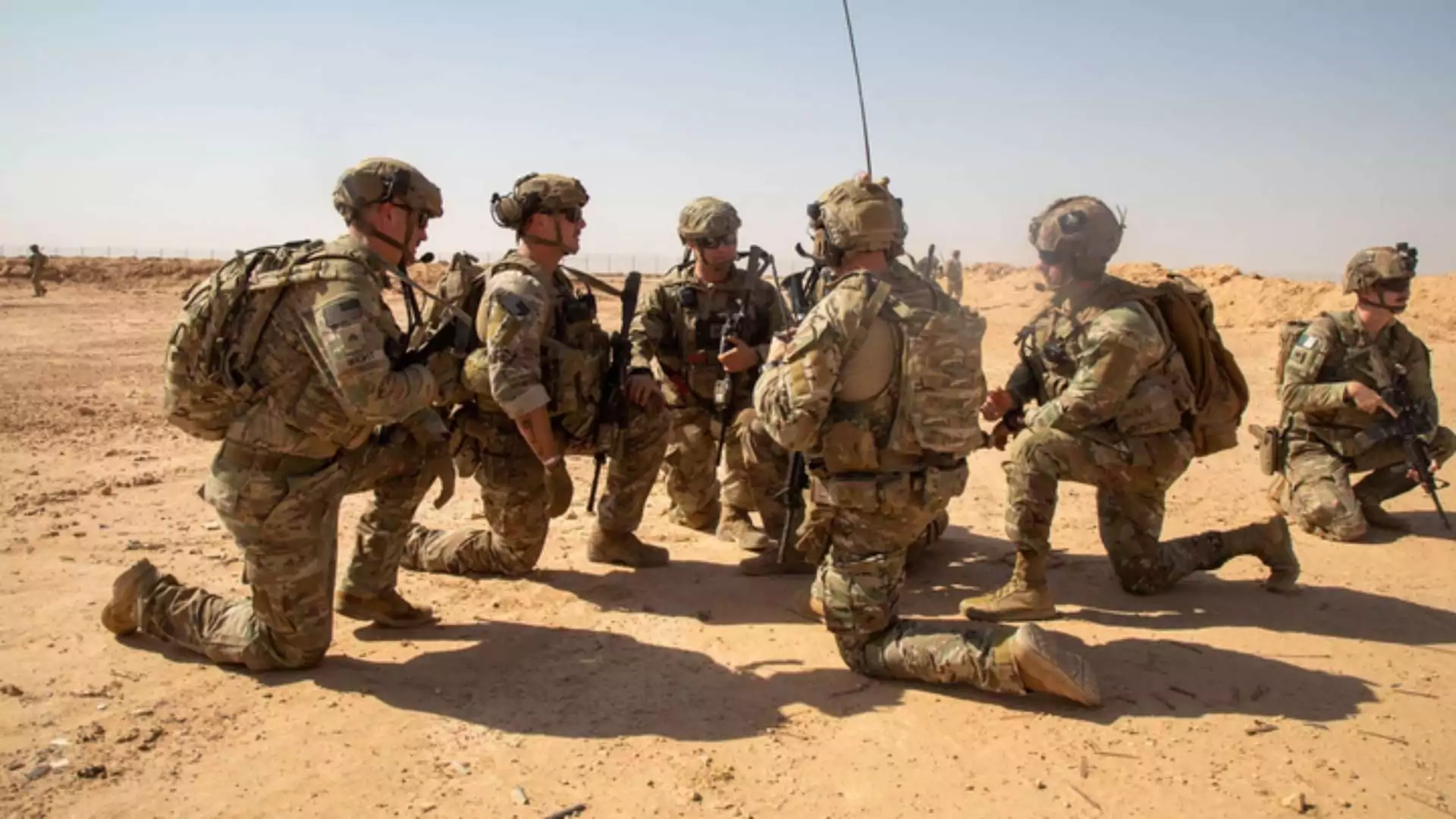United States announced an agreement with the Iraqi government on Friday to conclude the military mission of the American-led coalition against the Islamic State by next year. As part of this plan, U.S. troops will withdraw from some of the bases they have occupied during their two-decade presence in Iraq.
However, the Biden administration did not disclose how many of the approximately 2,500 U.S. troops currently stationed in Iraq would remain or confirm whether this move would represent a full withdrawal from the country.
Pentagon Deputy Press Secretary Sabrina Singh stated that the U.S. footprint in Iraq would change, though she did not provide specific details.
U.S. troops to withdraw at a volatile time
This announcement comes at a volatile time for the Middle East, with conflicts escalating between Israel and Iranian-backed militant groups, Hezbollah in Lebanon and Hamas in Gaza, raising concerns about a broader regional war. Over the past few years, U.S. bases in Iraq have regularly been targeted by Iran-backed militias, and these attacks increased in late 2023 and early 2024 following the outbreak of the Israel-Hamas conflict.
For years, Iraqi officials have intermittently called for the withdrawal of coalition forces, and formal discussions to reduce the U.S. military presence have been ongoing for months. U.S. officials indicated that the agreement would result in a two-phase transition, which began this month. The first phase, running through September 2025, will see the end of the coalition mission against ISIS and the withdrawal of forces from some longstanding bases.
Read More: Israel Bombing Lebanon: Hezbollah, Civilian Deaths Rising, As Netanyahu Shifts Tone On Cease-Fire
Troops to withdraw in two phases
Following the November election, American forces are expected to leave Ain al-Asad airbase in western Iraq and Baghdad International Airport. According to Iraqi officials, these forces will relocate to the Hareer base in Erbil, located in Iraq’s Kurdistan region.
In the second phase, the U.S. will continue operating in Iraq in some capacity until 2026 to support counter-ISIS operations in Syria. U.S. officials explained that the military mission would eventually transition into a bilateral security relationship, though it remains unclear how many troops would remain in Iraq in the future. Some Iraqi officials indicated that certain U.S. forces might stay at the Hareer base after 2026, as the Kurdistan regional government prefers their continued presence.
Presence of US troops a political challenge for Iraqi PM
Iraqi Prime Minister Mohammed al-Sudani remarked earlier this month that significant progress had been made toward resolving the issue of the international coalition’s mission against ISIS. He expressed confidence in the capabilities of Iraq’s security forces, crediting them for defeating the remnants of ISIS.
Nevertheless, the ongoing U.S. presence has been a political challenge for Sudani, whose government is increasingly influenced by Iran. Iraq has faced difficulties balancing its relationships with both the U.S. and Iran, key allies that remain regional adversaries.
Qais Khazali, the founder of the Iranian-backed Shia militia Asaib Ahl al-Haq, expressed his approval for the government’s stance to expel the international coalition forces.
Third time in last 20 years U.S. announces a formal shift in troops
This marks the third time in the last 20 years that the U.S. has announced a formal shift in its military role in Iraq. The U.S. initially invaded Iraq in March 2003 under a campaign known as “shock and awe,” which resulted in widespread destruction and paved the way for ground forces to enter Baghdad. The invasion was justified by faulty claims that Saddam Hussein possessed weapons of mass destruction, which were never found.
At the height of counterinsurgency operations in 2007, U.S. troop numbers swelled to more than 170,000. The Obama administration later negotiated a drawdown, and by December 2011, the final combat troops had departed, leaving behind a smaller contingent to support security operations and guard the embassy.
In 2014, the rapid rise of ISIS prompted U.S. forces to return at the request of the Iraqi government to help rebuild and retrain police and military units. After ISIS was defeated in 2021, about 2,500 U.S. troops remained in Iraq to continue training and assist with counter-ISIS operations.
In recent years, the U.S. presence has also served to counter Iranian-backed militias in Iraq and Syria, and it has made it more difficult for Iran to transfer weapons across Iraq and Syria to Lebanese Hezbollah and other proxies fighting against Israel.
Also Read: Israel Targets Hezbollah Headquarters In Lebanon Just Hours After Netanyahu Warning At UN






















